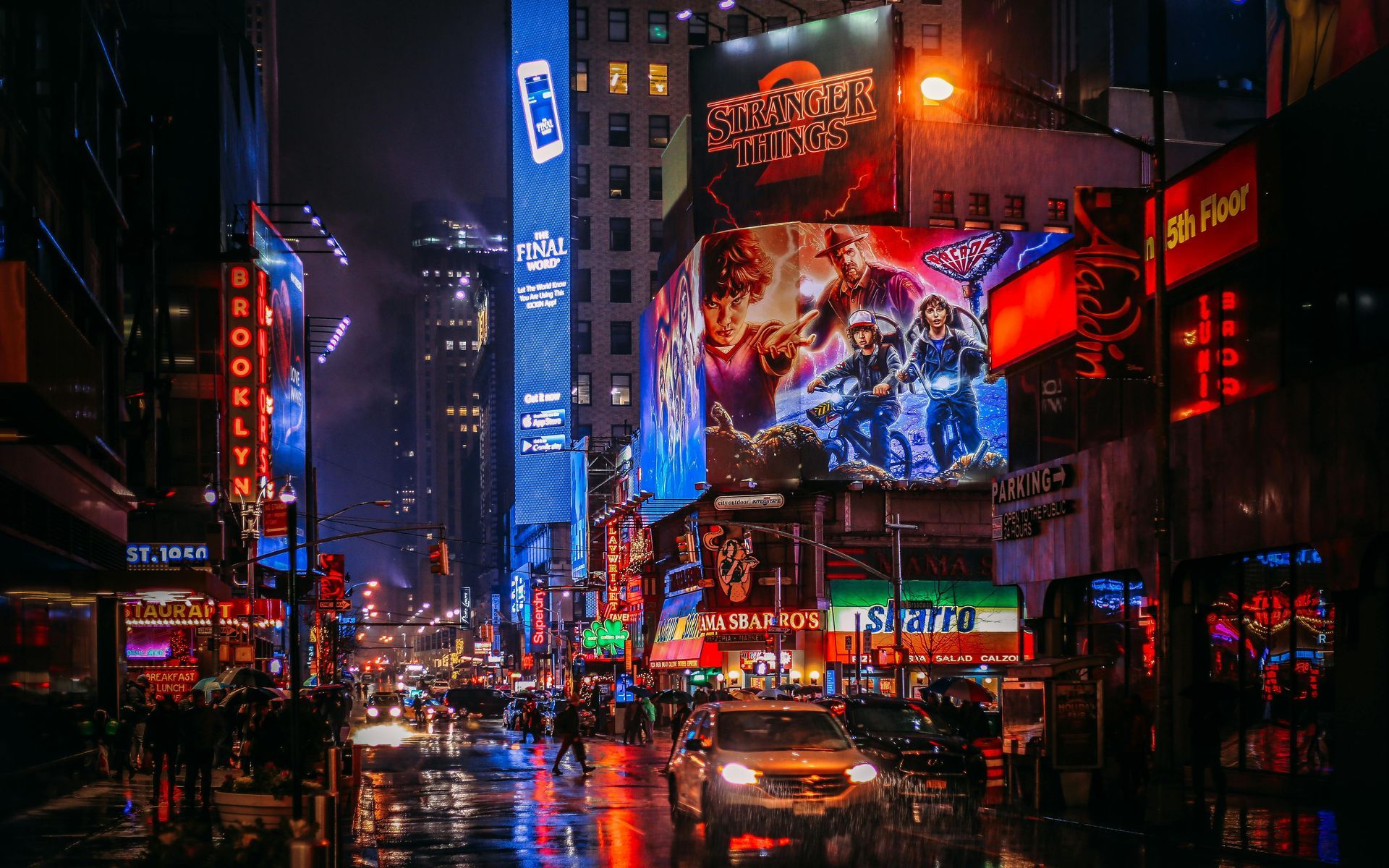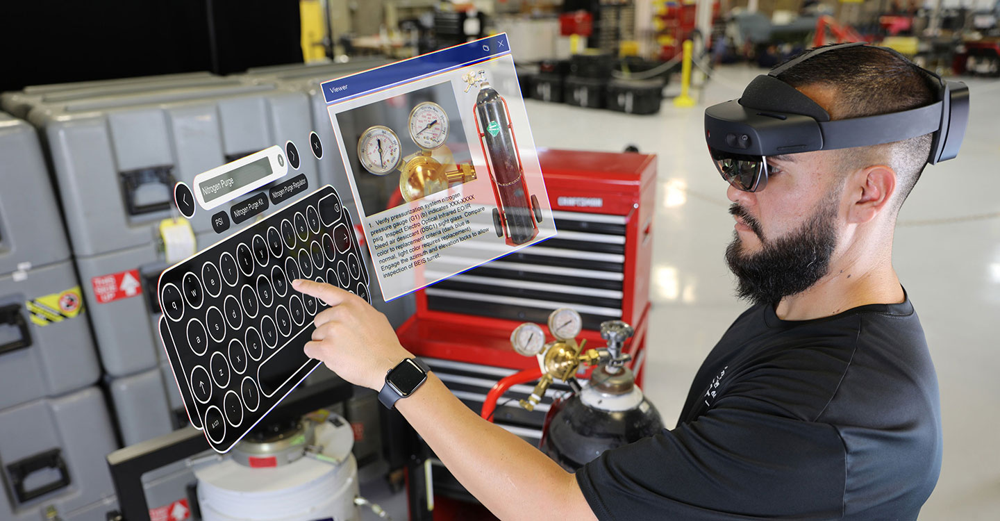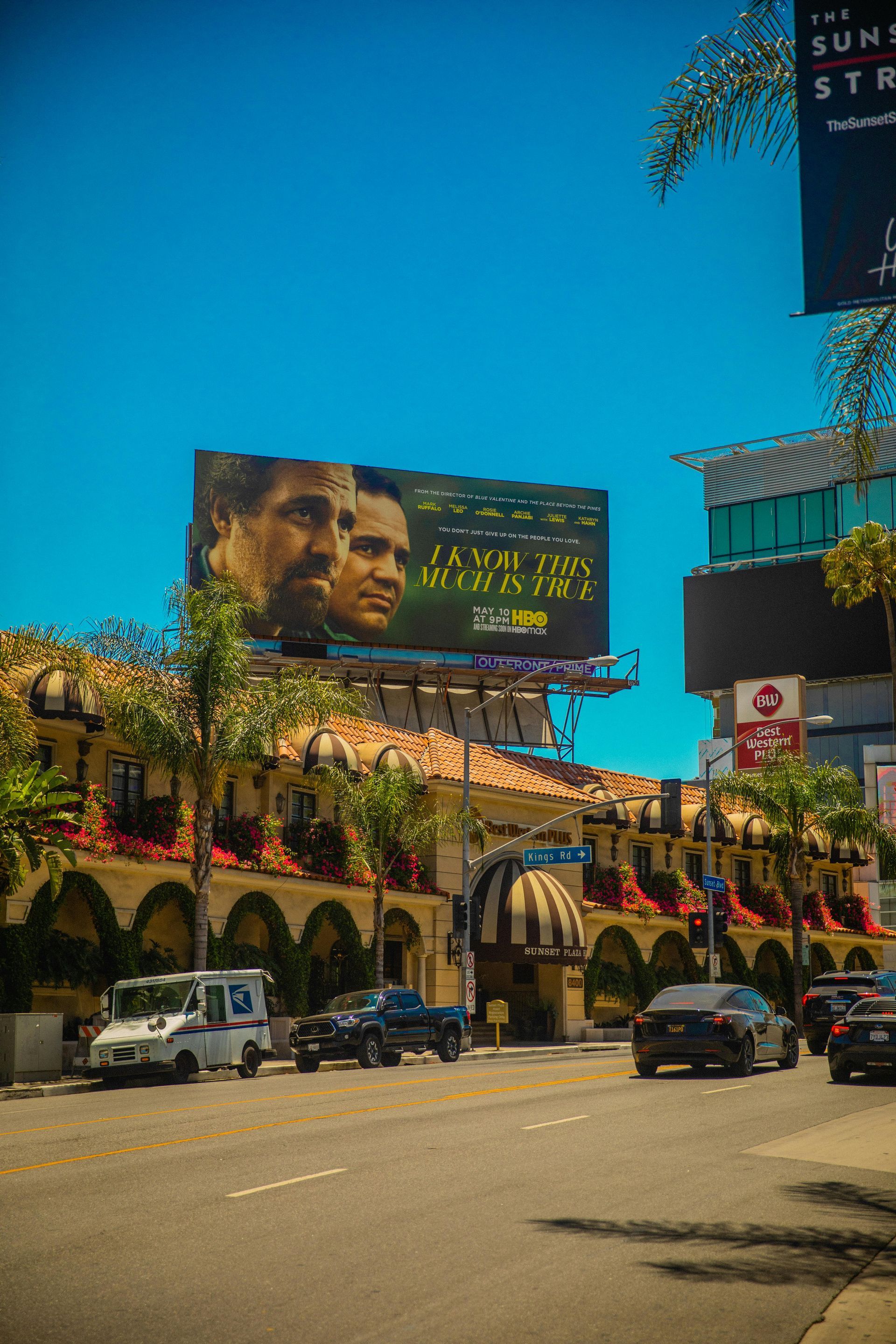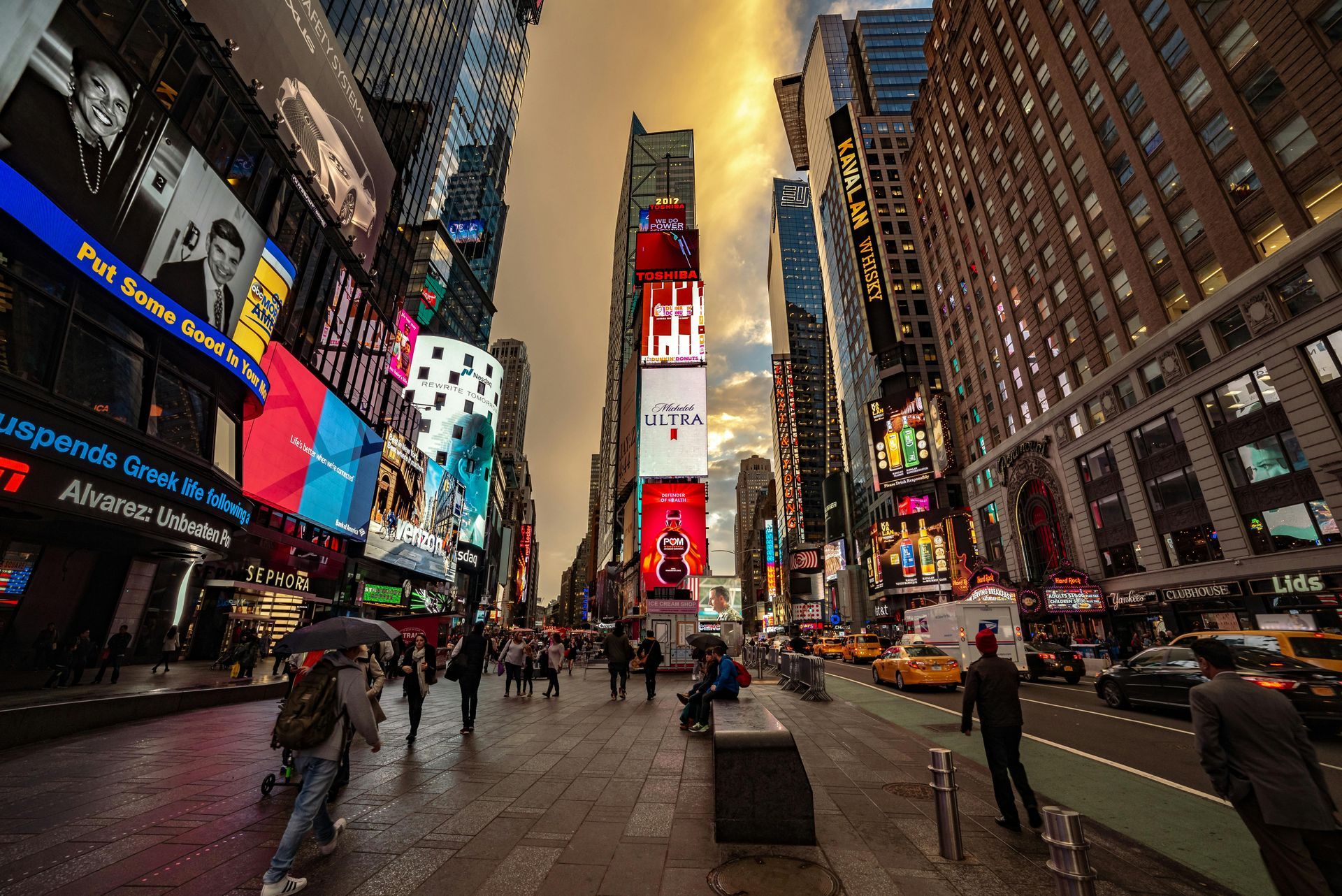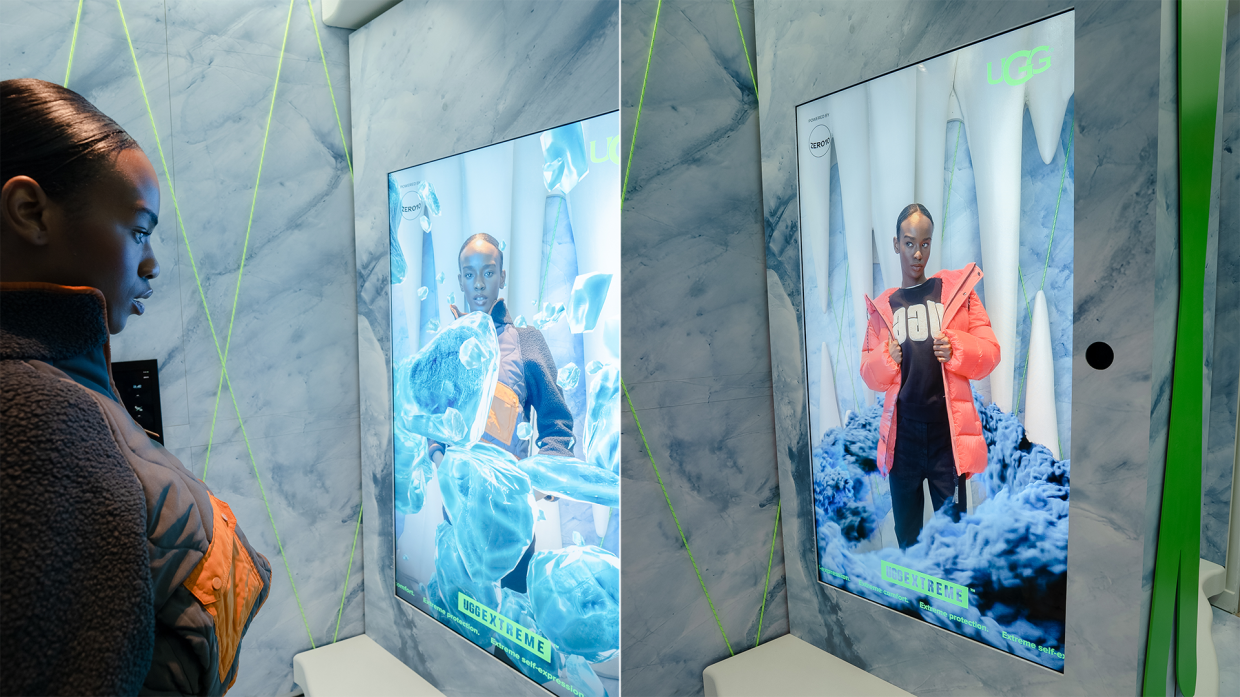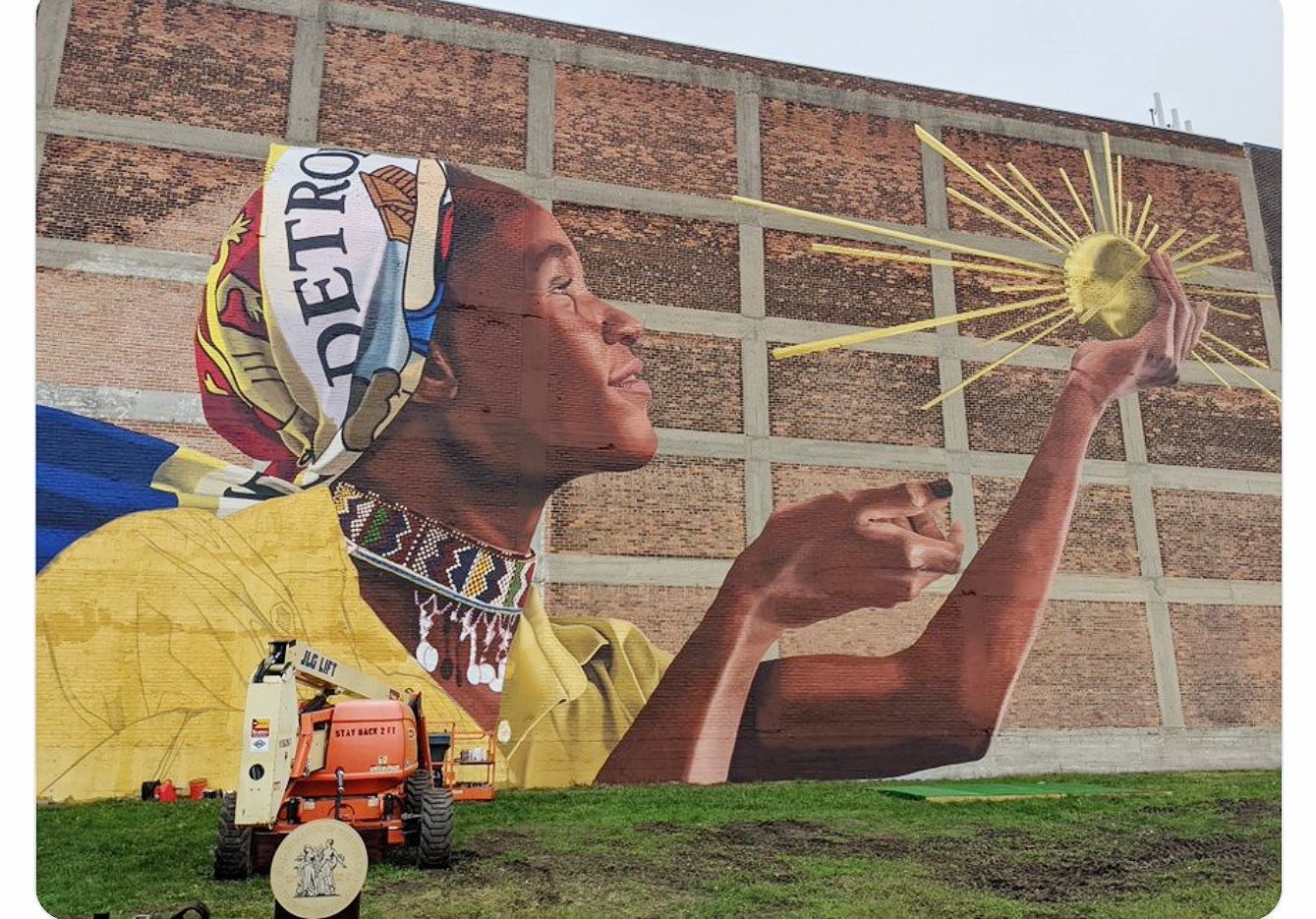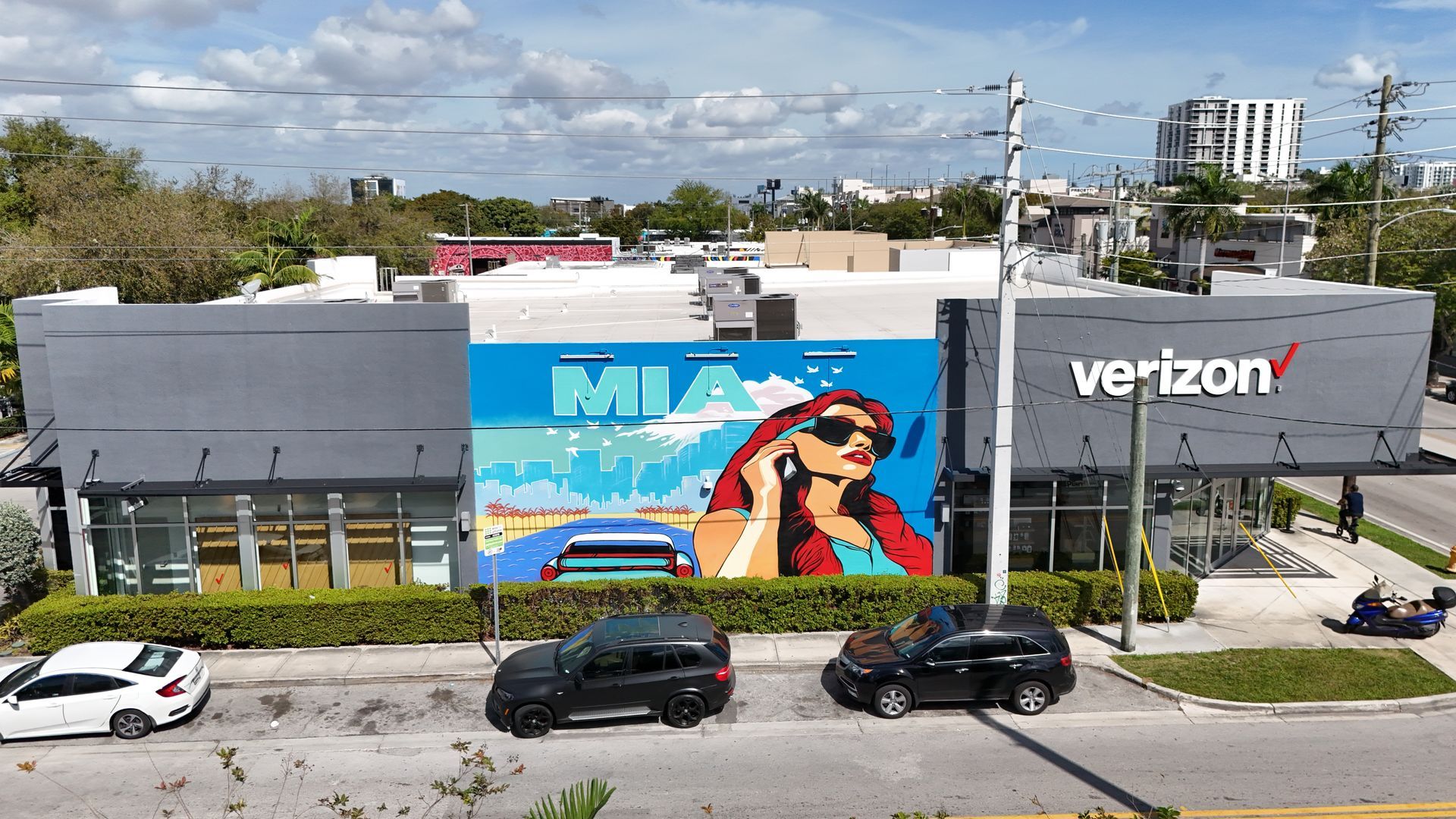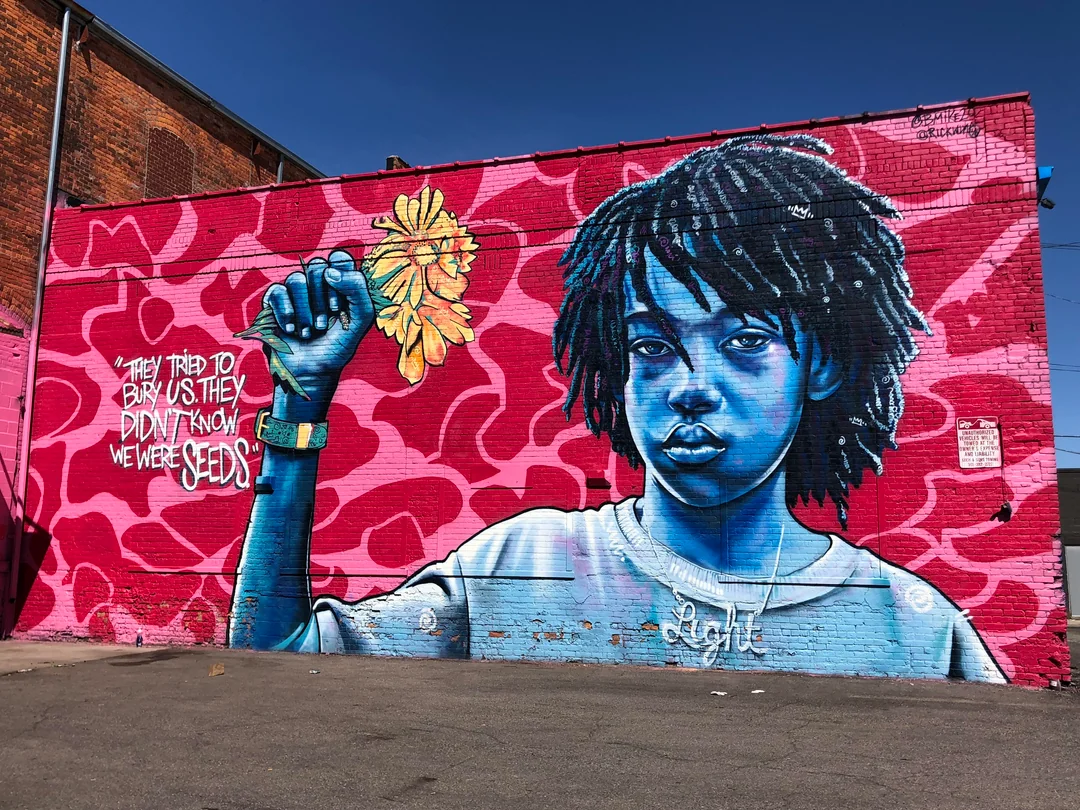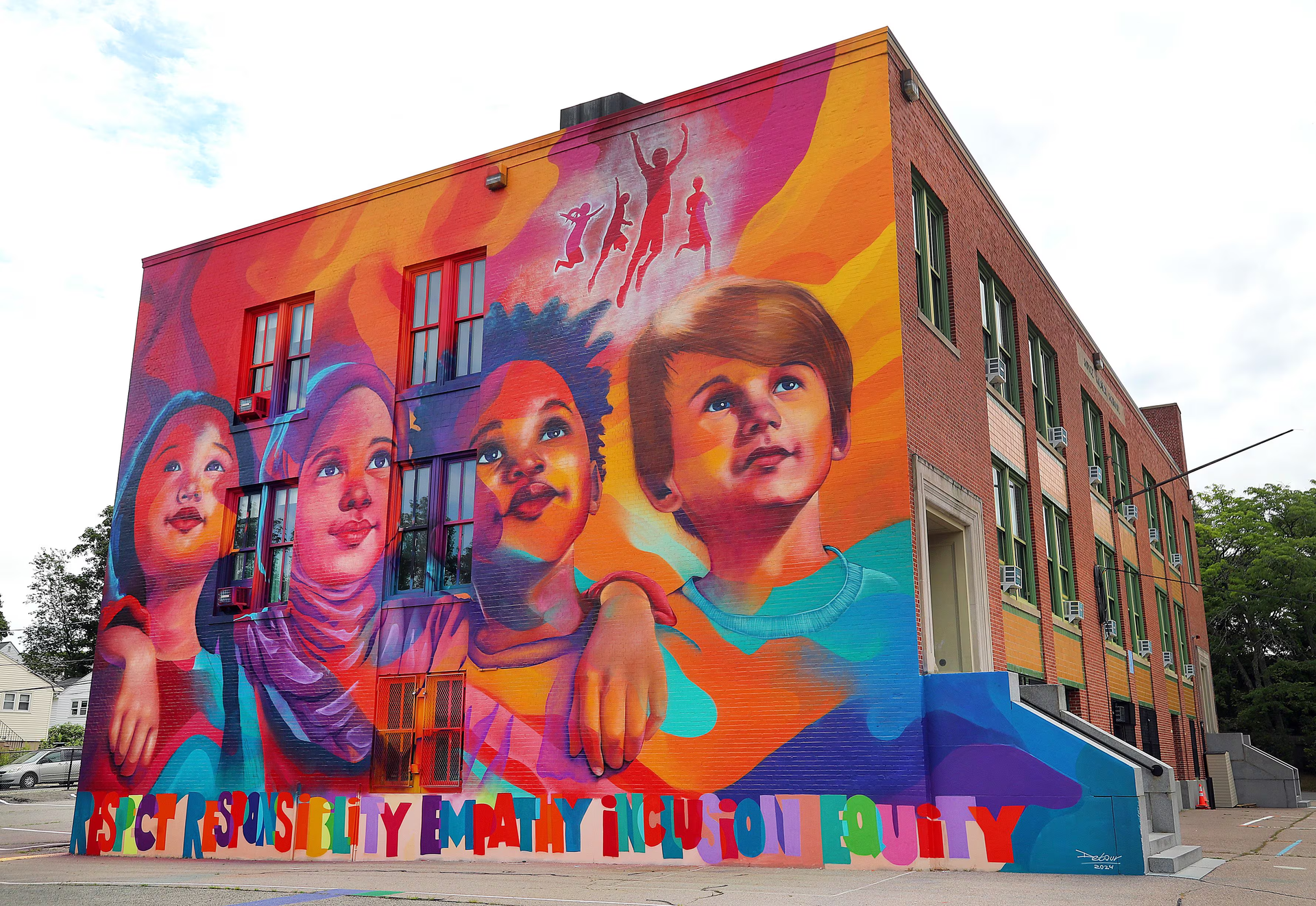Cost Breakdown of Murals vs. Billboards: Which is Right for Your Brand?
In the competitive advertising world, businesses often ask whether they should invest in murals or billboards? Both options are powerful tools for out-of-home advertising (OOH), offering high visibility and significant potential to enhance brand awareness. But which medium offers a better return on investment, considering the goals, audience, and unique advantages of each? Let's dive into the costs, benefits, and other factors to help you decide.
1. Understanding Mural Advertising Costs
Murals—especially hand-painted murals—bring an artful, unique element to advertising. Unlike billboards, murals can evoke a sense of community and craftsmanship, often drawing attention simply by being part of the city's landscape. However, they come with specific costs and considerations:
- Size and Complexity: The cost of a mural varies depending on its size, level of detail, and the artist's skill. For example, a smaller mural in a suburban area may cost less than an elaborate mural in a busy Los Angeles neighborhood.
- Artist Fees: Street artists or specialized muralists charge fees based on their experience and the complexity of the design. Rates vary but range from $20 to $50 per square foot.
- Real Estate and Location: Securing a high-traffic wall space in urban areas can significantly impact costs. Property owners may charge a monthly or yearly fee for this privilege, especially in neighborhoods popular for street art.
- Permits and Maintenance: Some cities require permits for murals, and periodic maintenance may be necessary to keep the artwork vibrant and eye-catching over time.
On average, mural projects can cost anywhere from $10,000 to $50,000 depending on these factors.
Benefits of Mural Advertising:
- Long-term Impact: Once painted, murals can last for years, providing ongoing exposure with minimal recurring costs.
- Community Engagement: Murals often become part of the community’s identity, making them memorable and organically attracting potential customers.
- Social Media Potential: Murals are often shared on platforms like Instagram, extending reach beyond the local area. Murals also appeal to users looking for unique backdrops, indirectly increasing brand visibility.
2. Billboard Advertising Costs and Dynamics
On the other hand, billboards are a traditional and widely recognized form of OOH advertising. Billboard campaigns are typically short-term but offer high visibility in key locations:
- Location and Size: Like murals, billboard costs vary by location. Billboards in high-traffic urban centers like Los Angeles can command premium prices, with monthly costs ranging from $1,500 to over $20,000, depending on size and visibility.
- Digital vs. Static Billboards: Digital billboards allow for multiple ad variations in one spot, which can be highly cost-effective for brands that want to test different messaging. However, they tend to be pricier than traditional static billboards.
- Duration of Campaign: Billboard campaigns are generally rented for a fixed period, from a few weeks to several months. The duration impacts costs, with discounts often available for longer leases.
- Design and Installation: High-quality billboard design and installation can add to the costs, often requiring professional agencies to ensure they’re eye-catching and targeted.
Average Costs: For a four-week billboard campaign, expect to pay anywhere from $1,500 to $10,000 for static billboards in smaller markets. In larger, high-traffic areas, costs can easily exceed $20,000 monthly.
Benefits of Billboard Advertising:
- Immediate Reach: Billboards capture a wide audience quickly, especially in high-traffic areas.
- Flexibility: Digital billboards allow brands to tailor messages to specific times of the day, allowing for timely promotions.
- Enhanced Brand Recall: Regular billboard exposure reinforces brand messaging, aiding long-term brand recall among commuters and pedestrians.
3. Comparing Costs: Murals vs. Billboards
| Factor | Murals | Billboards |
|---|---|---|
| Initial Cost | $10,000 - $50,000 | $1,500 - $20,000+ per month |
| Duration | Long-term (up to several years) | Short-term (usually 4-8 weeks) |
| Maintenance | Minimal, depending on weather conditions | Not required (usually included in lease) |
| Visibility | Moderate (depends on foot traffic) | High (major traffic areas) |
| Audience Engagement | High (social media potential, community) | High (commuters, general public) |
| Flexibility | Low (once painted, it's permanent) | High (digital billboards offer changes) |
Both murals and billboards have distinct strengths. Murals excel in long-term engagement and social media visibility, while billboards offer quick reach and flexibility for brands seeking short-term exposure.
4. Factors to Consider When Choosing Between Murals and Billboards
- Brand Identity: If your brand values creativity and local engagement, a mural can reinforce this identity. Conversely, a billboard may be more effective if your goal is widespread brand awareness across a broader audience.
- Target Audience: Knowing your target audience is key. Murals might resonate with younger, urban audiences who value art and community. Billboards, however, capture a broader demographic, reaching drivers and commuters.
- Budget: For businesses with a limited budget, billboards can offer quick, cost-effective exposure, especially in smaller markets. While requiring more upfront investment, Murals provide longer-lasting visibility, making them ideal for brands seeking a long-term presence.
5. The Role of Location and Size in Determining Effectiveness
- Location: High-traffic locations increase both visibility and cost for murals and billboards. Consider neighborhoods where potential customers frequently visit, such as near popular shopping centers, sports venues, or highways.
- Size: Larger installations capture more attention but come with increased costs. When determining size, consider how it aligns with your message and audience. Billboards along highways benefit from larger formats, while murals can vary in size based on wall space.
6. The Future of Out-of-Home Advertising: Integrating AR for Enhanced Engagement
For brands seeking even greater engagement, integrating Augmented Reality (AR) into OOH advertising offers innovative options:
- AR Billboards and Murals: AR can transform static ads into interactive experiences. For example, AR billboards allow viewers to use their smartphones to see additional content, such as product demos or animations. BrandXR, a leader in no-code AR platforms, enables brands to deploy such experiences effortlessly, enhancing user engagement and gathering data on user interactions.
- Enhanced Brand Experience: AR adds an immersive, interactive element that can attract more attention than traditional ads alone. It encourages audiences to engage with the brand on their devices and share their experiences on social media.
7. Conclusion: Choosing the Best Option for Your Advertising Goals
Ultimately, the choice between murals and billboards boils down to your brand’s needs, budget, and target audience. Here’s a summary to help guide your decision:
- Choose Murals if:
- You aim to create a long-term brand presence in a specific community.
- Your brand values creativity and local engagement.
- You want to encourage social media sharing and organic reach.
- Choose Billboards if:
- You’re looking for high-impact, short-term visibility.
- Your brand targets a wide demographic across different locations.
- You need flexibility to change messages frequently.
Both murals and billboards are effective, eye-catching tools in the OOH advertising landscape. Each has unique benefits that can cater to specific business objectives. Whichever option you choose, focusing on strategic placement, clear messaging, and your audience's preferences will drive the best results for your campaign.
TALK TO A PRO
We're here to bring your brand to life!
Stay Connected with BrandXR
Create Augmented Reality for Free!
Create, Publish, and Measure 3D Augmented Reality Experiences Without Having to Code.
